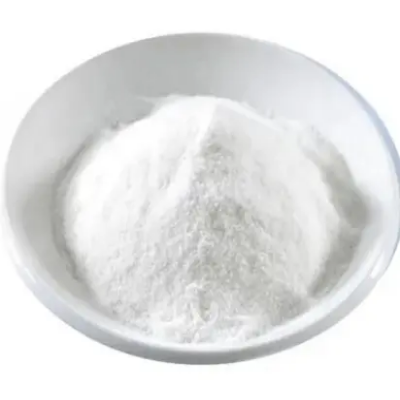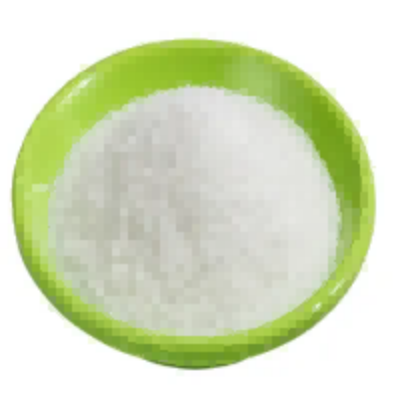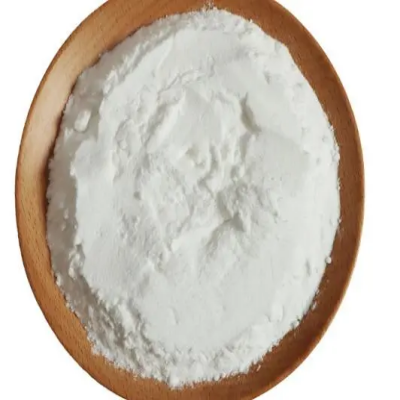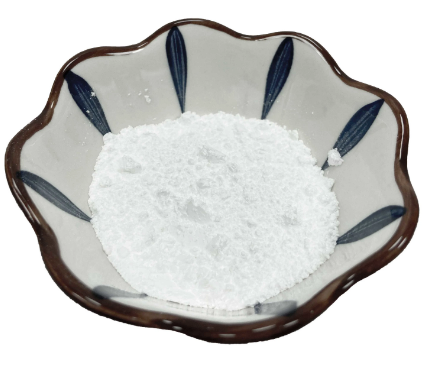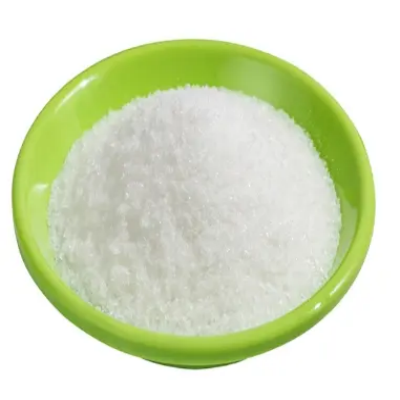6-(4-morpholinyl)-3-pyridinylboronic acid CAS:904326-93-8
6-(4-Morpholinyl)-3-pyridinylboronic acid plays a significant role in various areas of organic chemistry, particularly in drug discovery and development. Its structure combines a pyridine ring with a morpholine substituent, both of which contribute to the compound's chemical versatility and biological activity. One of the central applications of this compound is in the pharmaceutical industry. The boronic acid moiety allows for participation in Suzuki-Miyaura cross-coupling reactions, where it can form carbon-carbon bonds with aryl or vinyl halides. This reaction has become a fundamental tool in synthetic organic chemistry, enabling researchers to construct complex structures that are often required for novel therapeutic agents. By utilizing 6-(4-morpholinyl)-3-pyridinylboronic acid as an intermediate, chemists can synthesize diverse candidates that may exhibit anti-tumor, anti-inflammatory, or anti-viral properties. Moreover, the morpholine group enhances the compound’s solubility and alters its pharmacokinetic properties, making it more favorable for drug development. Researchers have investigated derivatives of this compound for their potential in treating various diseases, highlighting its importance in medicinal chemistry. In addition to pharmaceuticals, 6-(4-morpholinyl)-3-pyridinylboronic acid also finds applications in agrochemicals. Its ability to serve as a reactive building block enables the design of new herbicides and pesticides. The morpholine group can improve selectivity and efficacy against specific plant pathogens or pests while aiming for reduced environmental impact. Furthermore, the compound has implications in materials science, particularly in the development of functionalized polymers and nanomaterials. Its boronic acid functionality can facilitate the formation of complex materials with tailored properties for applications in sensors, catalysts, and drug delivery systems. In conclusion, 6-(4-morpholinyl)-3-pyridinylboronic acid is a versatile and valuable compound that contributes significantly to the fields of pharmaceuticals, agrochemicals, and materials science. Its broad range of applications emphasizes its importance in modern synthetic chemistry and ongoing research into its potential continues to open new avenues for innovation.



| Composition | C11H14BNO2 |
| Assay | 99% |
| Appearance | white powder |
| CAS No. | 904326-93-8 |
| Packing | Small and bulk |
| Shelf Life | 2 years |
| Storage | Store in cool and dry area |
| Certification | ISO. |





